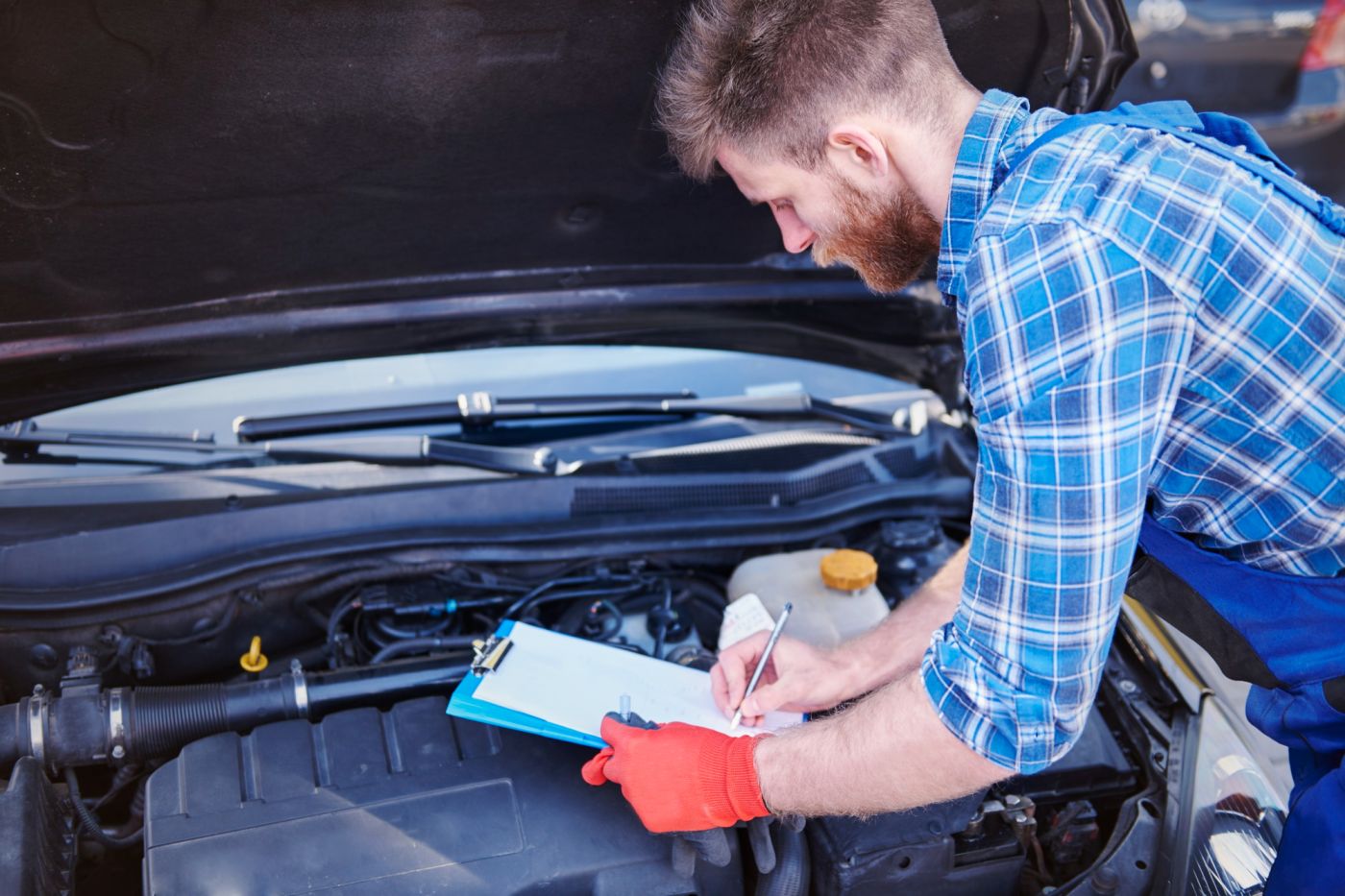Antifreeze leaks: how to recognize them and what to do to avoid further damage

Antifreeze—also called coolant—is the great ally of the cooling system: it controls the engine temperature, prevents overheating, and protects against corrosion. That's why, when there's a leak, the risk multiplies.
Coolant leakage signs you shouldn't overlook
Leakage rarely appears suddenly. They usually start with small clues, such as colored spots under the vehicle, a sweet smell, frequent lowering of the expansion tank level or heating failures.
In addition, if you can see an emulsion that looks milky when measuring the oil level, you could be facing an internal leak or leak that requires immediate action. Ignoring these indications can lead to overheating, loss of performance and, in the worst case, damage to the cylinder head gasket. This way, reacting in time makes the difference between a simple repair and a bigger problem.
Why antifreeze leaks occur
The cooling system works under pressure and at high temperature, so any weak point can become a leak:
- Radiator or tank cap: its function is to maintain the correct pressure. If the internal valve fails, the circuit “spits out” coolant and the level drops without you necessarily seeing any drips.
- Hoses and joints: the rubber ages, the clamps lose tension, and cracks appear. It is common to see dry antifreeze-colored remnants in connection ports.
- Radiator: corrosion, small impacts or a clogged honeycomb can lead to sweating and cracks. Wet or dark areas are often visible to the naked eye.
- Water pump: when the mechanical seal gives way, a drip appears through the pump weep hole. Many times, it is only detected when the engine is hot or during pressure tests.
- Thermostat and housing: fatigued joints leak, especially after previous repairs if not properly purged.
- Heating radiator: a leak here is not always seen from the engine compartment. It reveals moisture in the passenger's footwell and a sweet smell in the interior.
- Core plugs: corrosion can puncture them over time.
- Head gasket: this is the least desired scenario. The antifreeze can pass into the combustor (white smoke) or mix with the oil (emulsion). The usual cause is prolonged previous overheating.
What to do if you suspect a coolant leak
Safety first. If the temperature rises or you see steam, stop and let the engine cool. Do not open the radiator cover when hot: the system is pressurized, and you could get burnt. Once cool, check the level in the expansion tank.
If necessary, perform an emergency refill, preferably with a 50/50 mixture of antifreeze and distilled water in order to be able to get to a nearby mechanic’s. The use of only water is a temporary solution that should be corrected as soon as possible, as it reduces corrosion protection and boiling point. If the needle goes back up, turn off the engine and request assistance.
You should also keep in mind that professional diagnosis in a mechanic’s saves you time and money. A pressure test of the system allows to locate losses without starting the engine: the circuit is pressurized, and leaks can be seen where dripping appears. In very slight leaks, UV dye is used, which reveals microfiltrations with a special lamp. If there are symptoms of internal leakage, it is supplemented with chemical tests to detect combustion gases in the coolant and an oil check.
Leakages don’t always mean a costly repair for example, replacing a radiator cap or hose is usually quick and inexpensive. Meanwhile, the repair of a cylinder head joint is the most complex repair: it requires disassembly, planning, and changing screws and joints, as well as new fluids.
Prevention: the best way to save
Most leaks can be avoided with simple but constant maintenance. Changing the antifreeze when recommended by the manufacturer—usually between 2 and 5 years—keeps the additives active and the anti-corrosion protection. Also avoid mixing brands, as the important thing is to meet the vehicle specification.
And remember to periodically check the antifreeze level and the condition of the radiator cap and hoses. And don't forget the fans, relays, and thermostat: their proper operation helps the system work without overloads. Finally, keep in mind that, after any repair of the system, a correct purge is key.
Identifying the signals early, understanding the causes—from a simple radiator cap to a cylinder head gasket—and going for a professional diagnosis will prevent costly breakdowns and prolong engine life. If you have any suspicions, schedule a checkup with your trusted mechanic’s.
Related content




